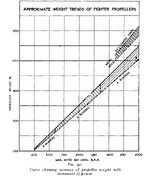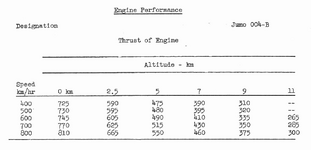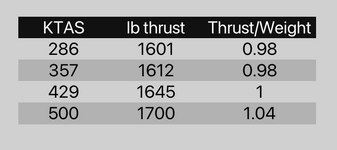Shortround6
Lieutenant General
Thank youI have the R-985 numbers from the 1975 overhaul manual, but not from WWII.
In 1975, R-985 TBO for helicopter engines was 500-800, agricultural aircraft engines was 600-1000 hrs, and 'long range' aircraft where cruise settings were the norm was 1000-1600 hrs.




